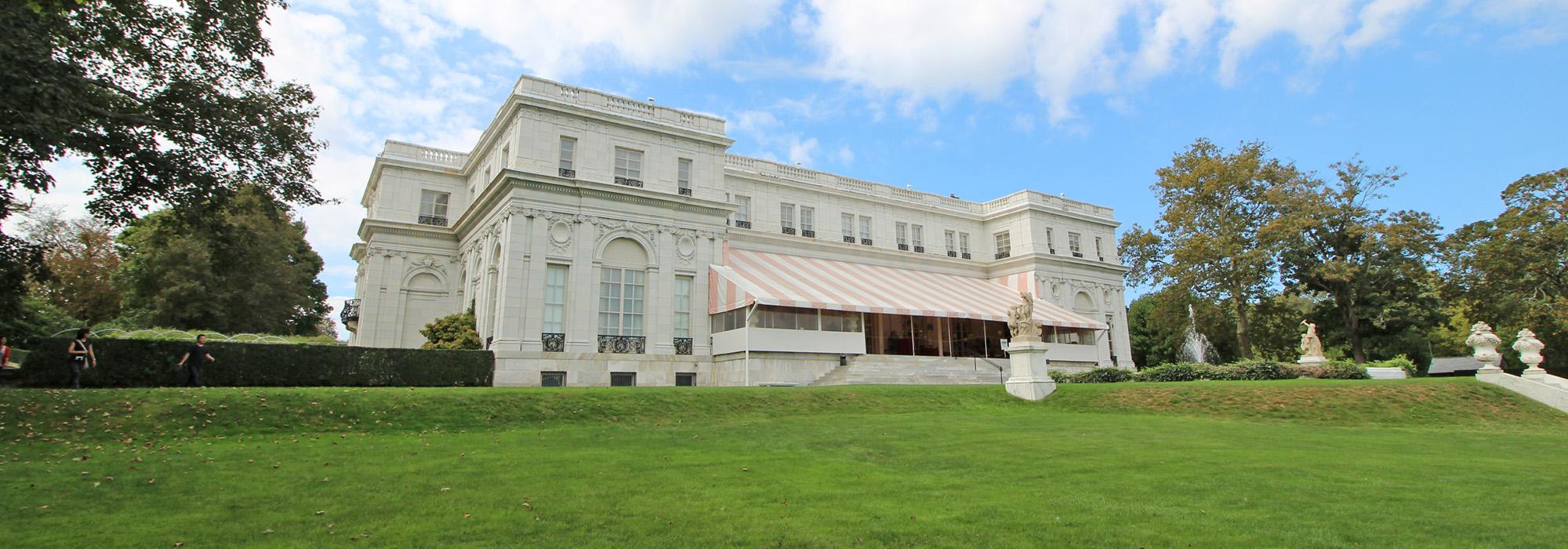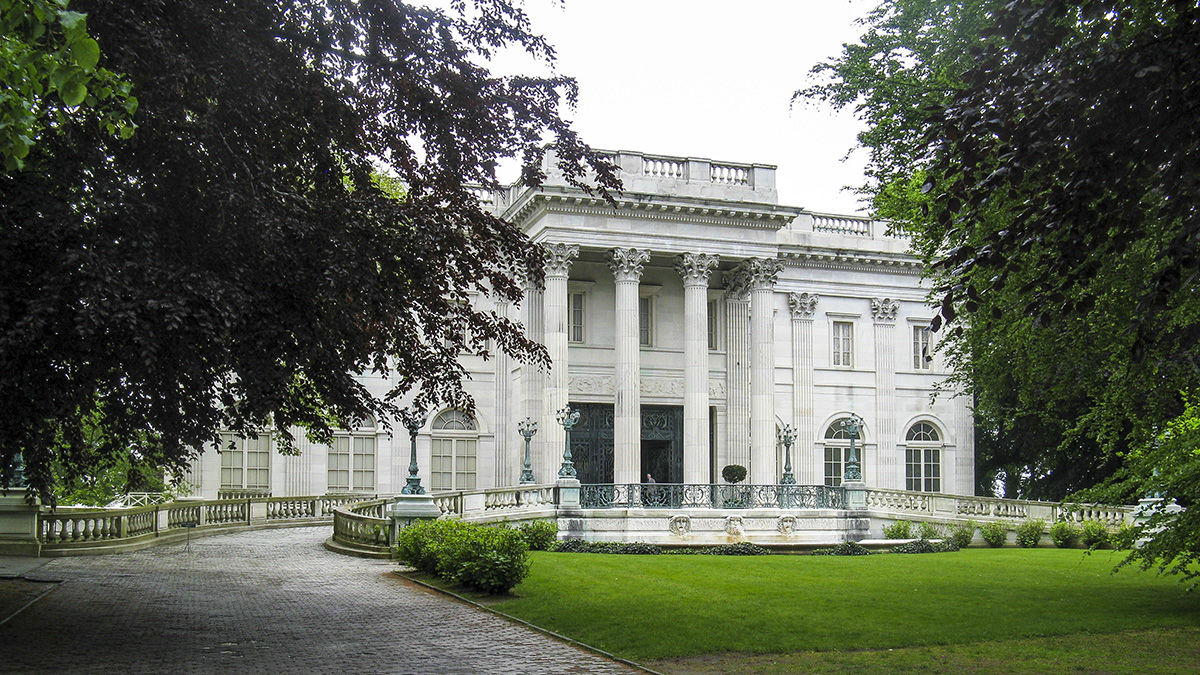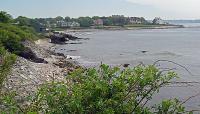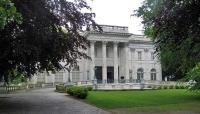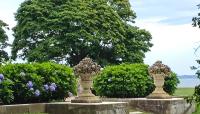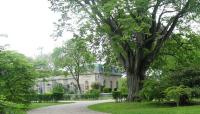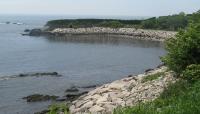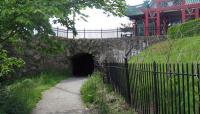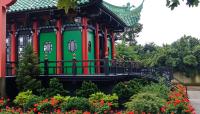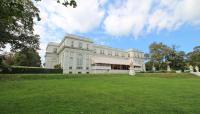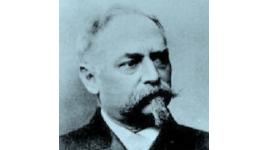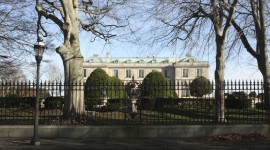Landscape Information
Designed and built between 1888-1892 by architect Richard Morris Hunt for William K. and Alva Vanderbilt, the four-story U-shaped Marble House was inspired by Versailles’s garden retreat, Petit Trianon, and an early example of residential Beaux-Arts architecture in the U.S., setting precedent for much of America’s Gilded Age. The estate’s park-like 4.4 acres are studded with specimen beech trees and stretch from Bellevue Avenue east to 30-foot cliffs overlooking the Atlantic Ocean. The western portico’s curved marble carriage ramp is ornamented by cast iron lamps and a semicircular fountain. In 1896, the Vanderbilts divorced, and Alva married Oliver Hazard Perry Belmont, moving down the street to Belcourt. After Belmont’s death, Alva returned to Marble House in 1913, promptly commissioning a Chinese Teahouse from Hunt’s sons, Joseph and Richard Howland Hunt. Inspired by 12th century Sung dynasty temples, and clearly visible from the eastern terrace of the main residence, the teahouse’s octagonal windows and surrounding wooden terrace command generous ocean views. The teahouse was the site of many early 20th century fundraisers and rallies for the women’s suffrage movement. In 1932, Alva sold Marble House to Frederick H. Prince, whose family sold it to The Preservation Society of Newport County in 1963. Marble House was designated a National Historic Landmark in 2006.



